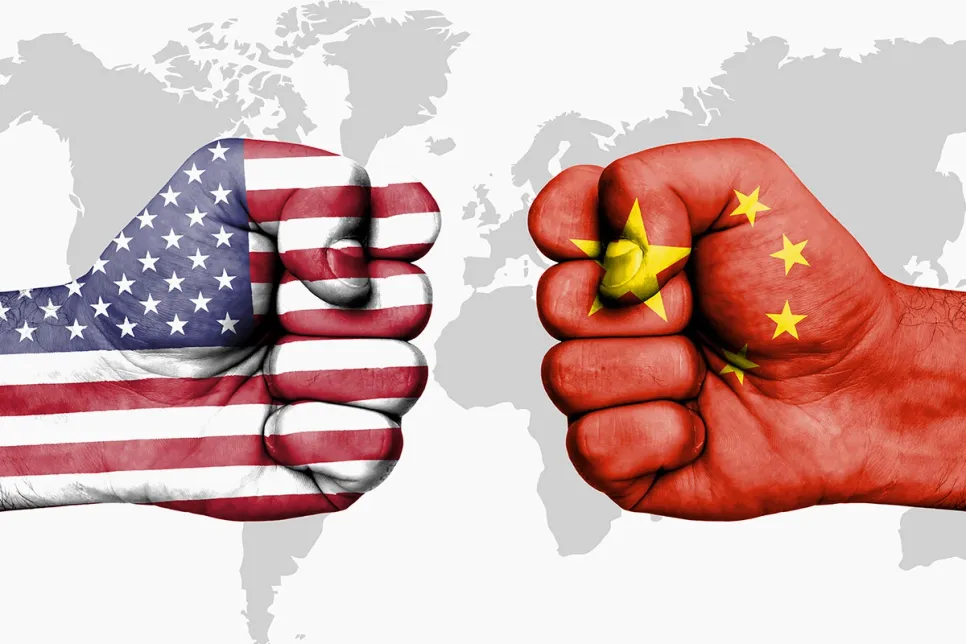Starlink Rolls Out Free Internet Access in Venezuela
Starlink started to offer free broadband internet service to people in Venezuela until 3 February.

Alibaba trimmed its annual revenue forecast after quarterly sales missed estimates, underscoring the extent to which escalating tensions with the U.S. are hurting the Chinese economy, according to Bloomberg.
For the fiscal year ending March, the company is now predicting revenue of 375 billion yuan ($54.5 billion) to 383 billion yuan, equating to growth of as much as 53 percent versus the 60 percent it guided towards previously. Second-quarter sales came in 1.6 percent below analysts’ estimates.
Revenue at China’s biggest e-commerce company rose 54 percent to 85.15 billion yuan in the three months ended September. That compares with the 86.5 billion-yuan average of estimates compiled by Bloomberg. Adjusted earnings-per-share came to 9.60 yuan, compared with estimates for 7.43 yuan.
While the U.S. and China appear willing to discuss a deal of some sort, Alibaba co-founder Jack Ma has warned of longer-term conflict between the world’s two largest economies. The trade war is starting to hurt the Asian nation, depressing the consumer spending that the online giant relies on to drive much of its growth. Domestically, it’s grappling with a migration of smaller merchants to cheaper platforms such as JD and Pinduoduo, both backed by Tencent.
Heightening the uncertainty, Chinese regulators are clamping down on the country’s internet sector, reining in everything from gaming apps and travel sites to ride-hailing. That’s exacerbating already slowing growth in Alibaba’s business. The Hangzhou-based company is trying to counter that by stepping up its marketing services and investing in its own grocery stores and delivery to boost sales.
The reduced forecast comes as Alibaba ramps up for its annual Singles’ Day shopping festival, a litmus test of not just the company’s health but also China’s overall consumption. Chinese online retail sales growth is already slowing, to 24 percent in the third quarter from 36 percent in the second.